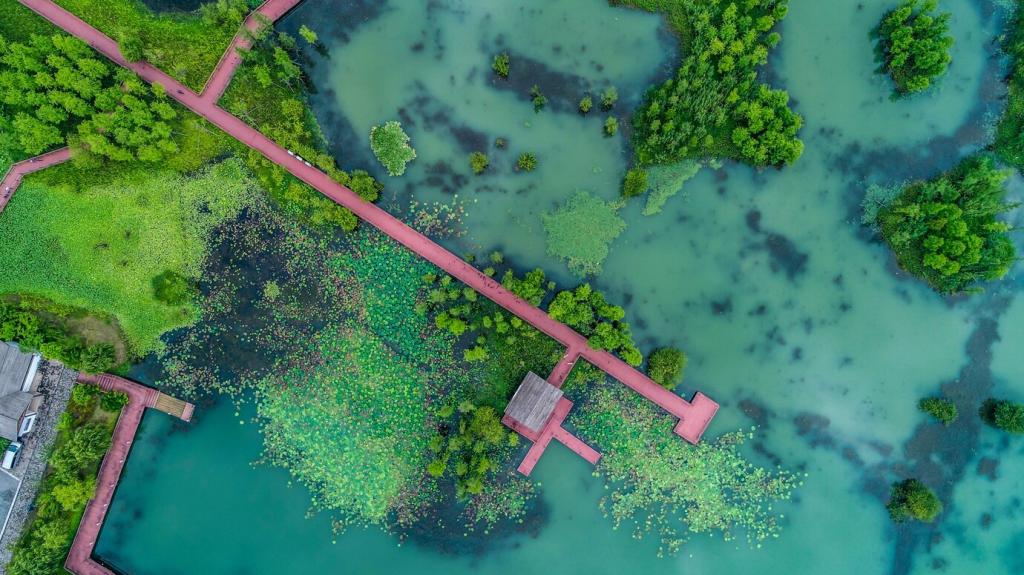Case Notes From Cities That Tried, Iterated, Succeeded
A popular riverside bench pooled rainwater, soaking clothes after storms. Designers added a subtle cross-slope and deeper drip edge. The seat dried faster, naps returned, and complaints vanished. What tiny tweak solved a big comfort issue where you live?
Case Notes From Cities That Tried, Iterated, Succeeded
A campus installed a bench with a weatherproof shelf under the seat. Within weeks it became a tiny book exchange. Circulation doubled during exams. Students now leave study tips tucked under the slats. Should more benches carry micro amenities like this?





